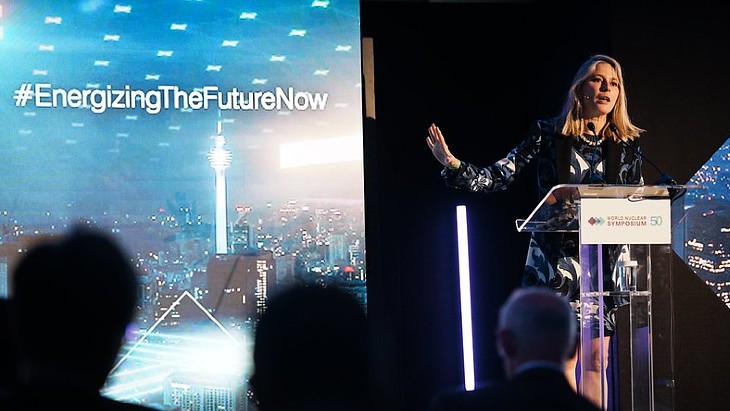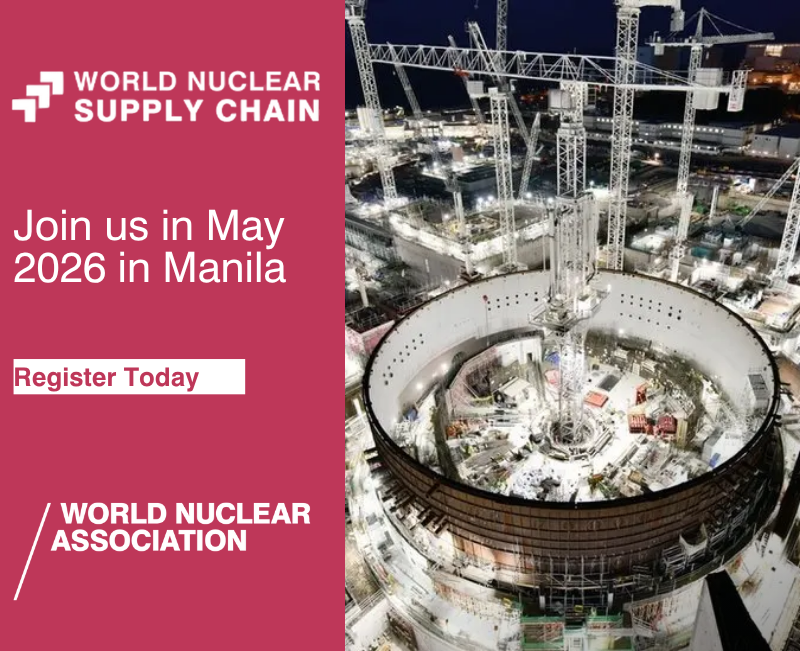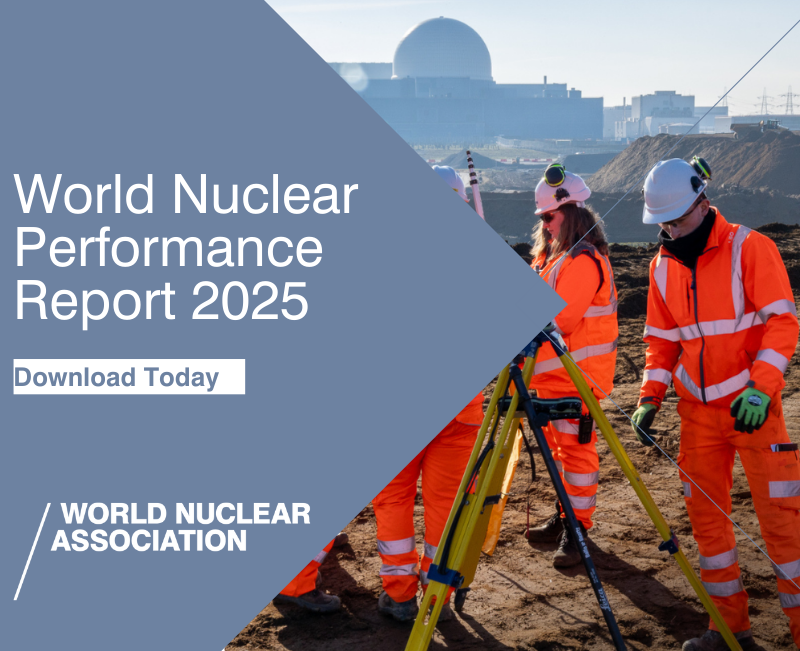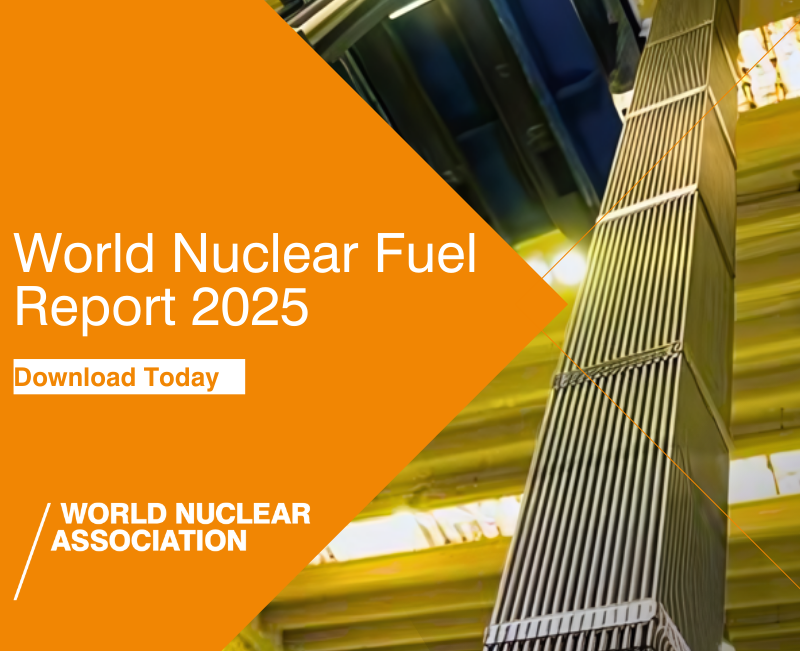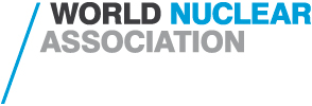The five-member Nuclear Energy Engagement and Advisory Panel will lead the engagement activities and deliver a report with recommendations on what role Alberta’s government should have in potential nuclear development.
Danielle Smith, Alberta Premier, said: “Alberta is at the centre of Canada’s growth, and with that growth comes the responsibility to secure the next generation of energy. Nuclear power has the potential to expand our grid, support new industries and keep pace with rising demand. This engagement gives Albertans a real voice in shaping our future, while positioning our province to lead the way in innovative, responsible energy development.”
At the media launch she added: "Frankly, there's a lot to like about nuclear - it's efficient, low-cost in the long-run and long-lasting. Those are points in its favour but two qualities in particular set nuclear apart from other energy sources - it's almost completely emissions-free and it's incredibly reliable, producing abundant baseload power 24 hours a day, seven days a week. That means we'd be able to expand our economy with dependable, scalable non-emitting power, and it's hard to argue with a proposition like that.
"We see tremendous potential for nuclear to secure Alberta's energy supply for the long-term, to fuel our ambitions for our key industries, to help us reach our goal of carbon neutrality by 2050, to share economic benefits with Indigenous communities, and make the most of our resources and technical expertise gained from decades of energy production."
George Christidis, president and CEO, Canadian Nuclear Association, said: “Nuclear energy is ready to meet Alberta’s growing needs. We applaud the province’s forward-thinking leadership in exploring nuclear’s ability to provide a secure and prosperous energy future.”
The Nuclear Energy Development Survey is running until 25 September and “its purpose is to understand what questions Albertans have about nuclear energy, which topics matter most to them, and how they prefer to learn about nuclear energy”.
A second survey planned for later this year “will provide more opportunities for Albertans to share their feedback and provide input on the role Alberta’s government should have in potential nuclear development”.
Alberta’s government said it "has also proactively reached out to Indigenous communities across the province to help determine the best approach for meaningful engagement and to foster early relationship building. Industry, municipalities, Indigenous communities and others are also invited to share their input through an online request for information which will be open until 25 October".
Following the current engagement process a further stage is scheduled with "in-person meetings and engagement sessions with Indigenous communities, municipalities and industry" later this year and into 2026.
The background
Canada gets about 15% of its electricity from nuclear power with 17 reactors, mostly in Ontaria, providing 12.7 GWe of power capacity. Alberta does not have any nuclear power capacity, but it has had plans for new nuclear in the past and currently has potential schemes being put together.
In April public comment was invited by Energy Alberta relating to its proposal to build a nuclear power plant on a site covering 1424 hectares in the Peace River area of Northern Alberta. The plant would include two to four Candu Monark reactors. The facility would produce up to 4800 MWe and operate for about 70 years.
The Initial Project Description provides an early overview of the proposed project, including key aspects of the design and regulatory process, and is intended to inform stakeholders and support engagement efforts that will help refine the final project design.
The Peace River project is subject to an integrated assessment to meet the requirements of both the Impact Assessment Act and the Nuclear Safety and Control Act. The Impact Assessment Agency of Canada (IAAC) and the Canadian Nuclear Safety Commission (CNSC) are working together on the integrated assessment to achieve the goal of "one project, one assessment".
IAAC and the CNSC have now invited Indigenous Nations and communities, and the public to review the summary of the Initial Project Description and provide comments on the proposed project.

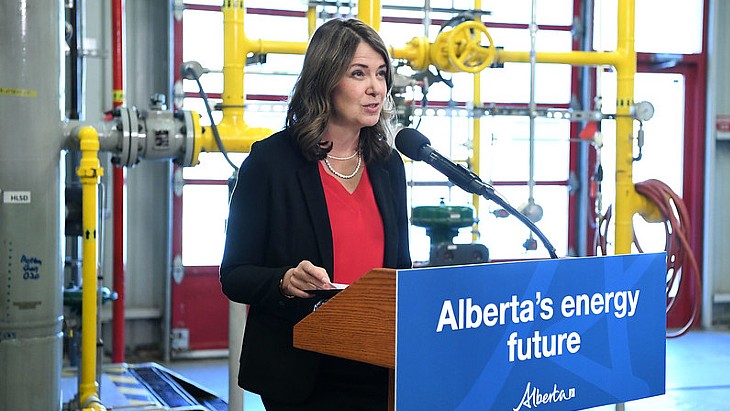



_69218.jpg)
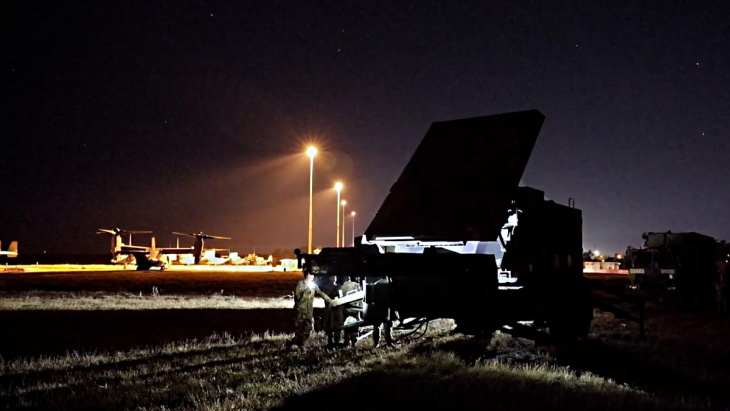
_50545.jpg)
_28367.jpg)
_76087_55556.jpg)
